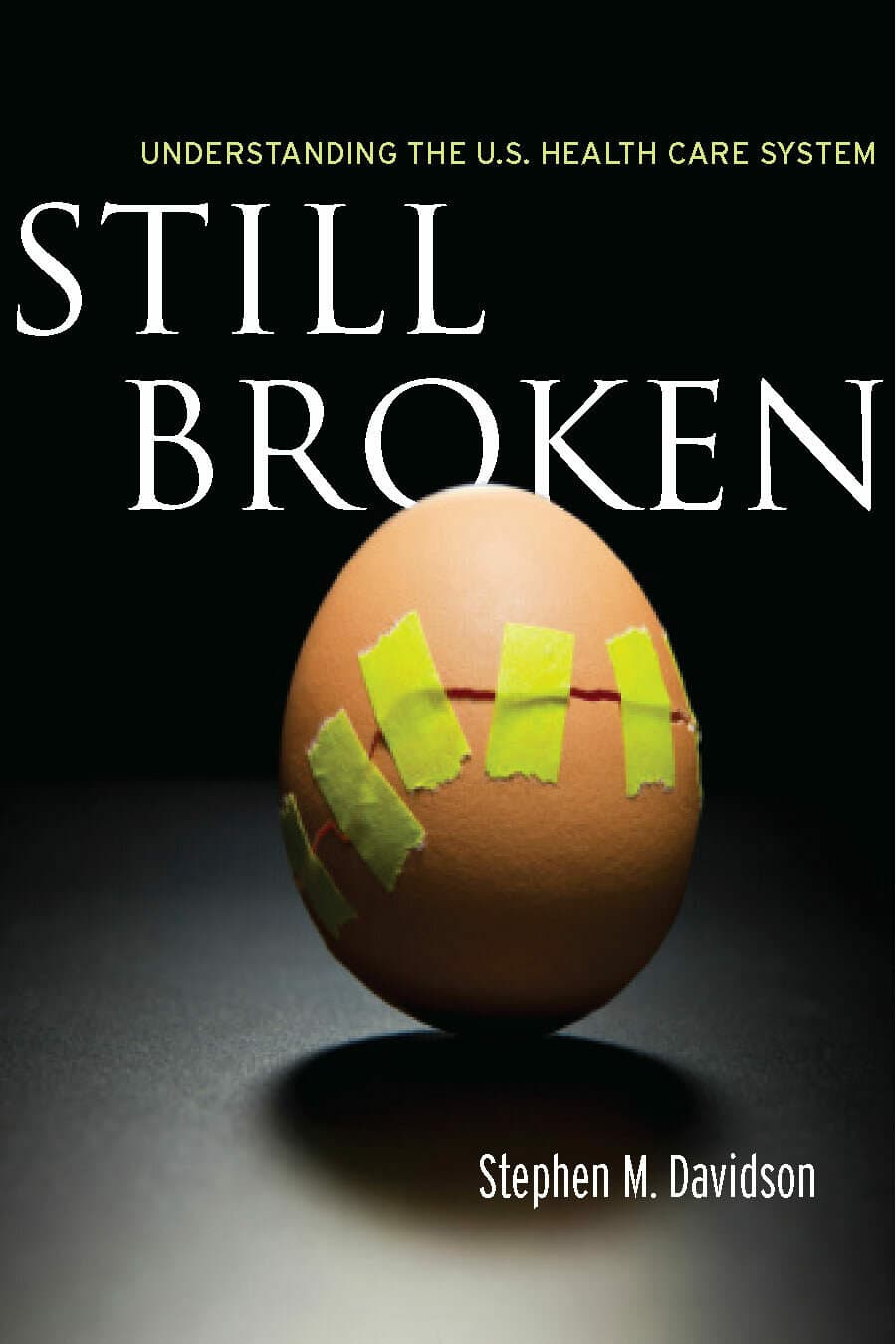Is There a Doctor in the House?

"Will there be a doctor—a good doctor—when I need one?"
This is the bedrock health care concern for Americans, encompassing as it does additional concerns about affordability, accessibility, efficiency, and specialty expertise.
Richard M. Scheffler brings an economist's insight to the question, showing how shifts in market power underlie the changes we have seen in the health workforce and how they will affect the future availability of doctors. Predicting the "right" ratio of doctors to population in the future is only a small piece of the puzzle, and one that has been the subject of much forecasting, and little agreement, over the past several decades.
In this concise and readable analysis, Scheffler goes beyond the guessing game to demonstrate that today's health care system is the product of financial influences in both the policy realm and on the ground in the offices of medical centers, HMOs, insurers, and physicians throughout America. He shows how factors such as physician income, medical training costs, and new technologies affect the specialties and geographic distribution of doctors. Scheffler then brings these findings to bear on a set of predictions for the U.S. and international physician workforce that extend five and ten years into the future. As part of his vision of tomorrow's ideal workforce, he offers a template for enhancing the efficiency and cost-effectiveness of the health care system overall.
In the groundbreaking second half of the book, the author, a health policy expert himself, tests his ideas in conversations with leading figures in health policy, medical education, health economics, and physician practice. Their unguarded give-and-take offers a window on the best thinking currently available anywhere. Finally, Scheffler combines their insights with his own to offer observations that will change the way health care's stakeholders should think about the future.
"Today's medical students will help mold the health care delivery system of and in the future. It follows that they should read this exceedingly readable volume and consider its implications for they must understand the issues in order to participate effectively in the design of the system in which they will work to advance their patients' and the nation's health."—Rashi Fein, Professor of Medical Economics, Emeritus, Harvard Medical School
"Questions about how many and what kinds of doctors the country needs are front and center in the current debate about health care reform. Everyone interested in the future of our healthcare system, especially students planning careers in the health professions, would benefit from engaging this very readable book."—Jordan J. Cohen, MD, Professor of Medicine and Pubic Health, George Washington University, and President Emeritus, Association of American Medical Colleges
"Scheffler concludes that a modest increase in physician supply (10-20 percent) is justified, but that the organization of practice and the orientation of incentives are more important in the long run. What is truly unusual and useful about the book are the 27 commentaries, a refreshingly informal set of conversations with more than a score of knowledgeable physicians and academic experts in the field."—CHOICE
"Physicians have been and continue to be central to the delivery of medical services. Physician supply affects access to care and also physicians' willingness to participate in managed care plans and new delivery systems. Is There a Doctor in the House? is a thoughtful and timely discussion of the adequacy of the supply of physicians in coming years, and it should be of value to those with a special interest in health care workforce policy." —Paul Feldstein, Paul Merage School of Business, University of California at Irvine
"I salute Richard Scheffler for getting his arms around such a huge topic. The twenty-six interviews in the back of the book are alone worth the price of admission. Scheffler asks great questions and, more often than not, gets great answers. It's like sitting down to a dinner party with many of the most important policy thinkers in health today—a great read." —Fitzhugh Mullan, M.D., Murdock Head Professor of Medicine and Health Policy, The George Washington University
"Professor Richard Scheffler provides a refreshing new perspective on the origins and possible solutions to the U.S. and global health workforce crisis. His book is a must-read for both U.S. policy-makers and the international development community."—Alexander S. Preker, Lead Economist, World Bank
"This book is a pleasure to read, very engaging, and (most importantly) very accessible to non-economists who will end up learning a lot of health market economics painlessly. —Mark Pauly, Department of Health Care Management, Wharton School, University of Pennsylvania
"The dramatic global health work force crisis is accompanied by a lack of knowledge about its labor market mechanisms. With this book, Richard Scheffler brings us a very important analytical work, looking at how the US is linked globally, and contributing to a better understanding of the crisis and possible options for tackling it." —Mario R. Dal Poz, World Health Organization
"Is There a Doctor in the House? is one of the very few books on workforce issues to appear in the past decade, and Richard Scheffler makes a notable contribution to the debate. He avoids the temptation of a simple thumbs-up or thumbs-down on whether to increase graduate medical education training, and instead provides an intriguing analysis of the economics of the physician labor market, through its periods of perceived scarcity and surplus up to the current era of uncertainty."—New England Journal of Medicine




